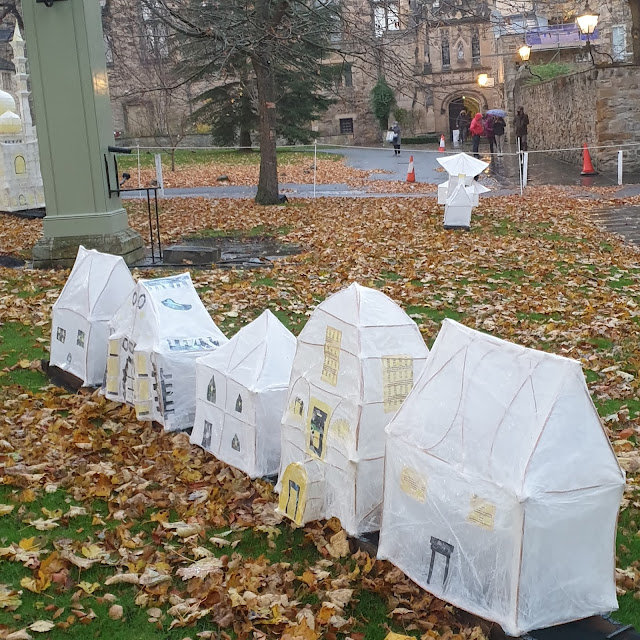 |
| Same chapter found in different books |
Last week, we discussed on the chapter on The Work of Art in the Age of Mechanical Reproduction which appears in both of these books. This chapter was first published in 1936 and we looked at the points Walter had made that are in fact still prevalent now. The main points that were made are (1) the masses/ proletariats gain access to images easily. (2) Reproducibility enhances the ease of distribution. (3) Technology enables these changes. That said, the ability to reproduce does not mean the value of the 'original' art has lessened. It plays a critical role in the dissemination of knowledge about an original work and the maintenance of its value. Thus, the 'original' value does not derive from its uniqueness but rather from its status as being the original form.
We linked 'aura' to the reading as the definition of aura defined by the author is the artwork's 'presence in time and space', its unique existence at the place where where it happens to be. Aura also refers to enduring, timeless quality or authenticity. However, 'aura' is subjective. The GIF image below shows University Castle, one of Durham's student accommodations. For the record, most people would feel delighted to actually live in a castle. But, the sense of novelty and romanticism may wear off because you live and experience it every day. So, the aura of that awesomeness differs according to individuals in this case.
 |
University College
|
 |
| Same chapter, different writing styles |
Even if you don't know much about art or never step in an art gallery or museum, chances are you've seen well-known art reproductions in books, postcards, calendars, magnets and other trinkets. Artist Marchel Duchamp responded to the mass production by presenting Readymades, such as the famous inverted urinal titled Fountain. This act paves the way for conceptual art as it disrupted traditional knowledge of artist's role as skilled creator of something original.
In Shenzhen's Dafen Village, a Chinese art copying market, challenges the codes of valuing original art in the same way conceptual art does (Sturken and Cartwright, 2018). The replicas paintings in the original medium (oil) are sold at affordable prices. In Winnie Wong Won Yin's book Van Gogh on Demand, she states that there are very strong discourse of originality, authorship, craft and artisan skills at work in the copying market.
References
Benjamin, W., Zohn, H. and Arendt, H., 1955. Illuminations. 1st ed. New York: Schocken books.
Benjamin, W., Zohn, H. and Arendt, H., 1955. Illuminations. 1st ed. New York: Schocken books.
Sturken, M. and Cartwright, L., 2018. Practices of looking: : an introduction to visual culture. 3rd ed. USA: Oxford University Press, pp.191 - 198.





















































